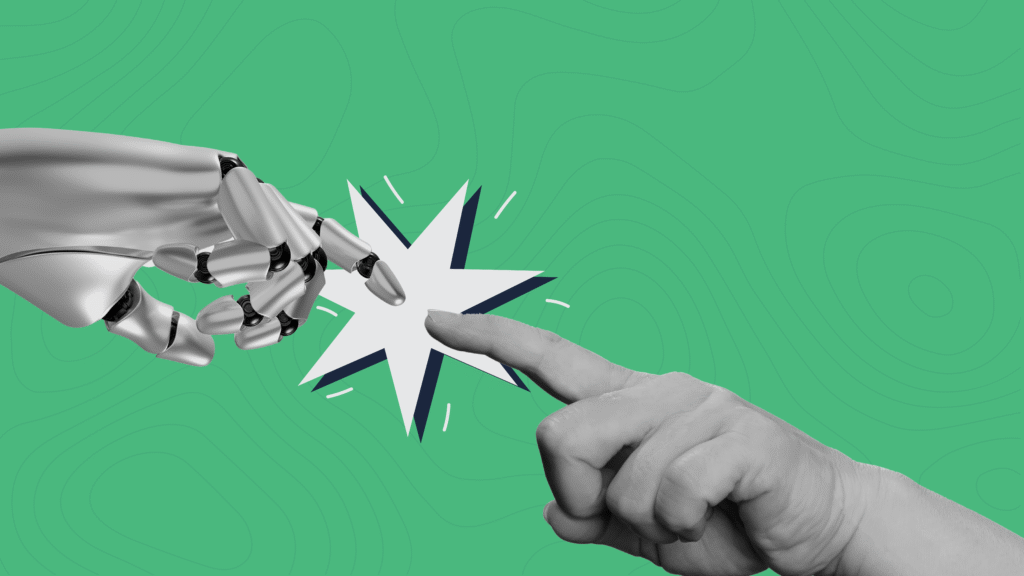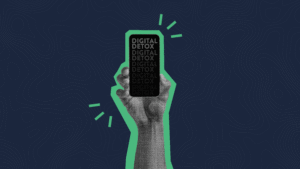In the world of marketing, AI and automation are valuable helpers. Especially for nonprofits, small businesses, and educators, these tools can streamline tedious tasks and free up time. But there is a catch: your community didn’t sign up for automation. They signed up for you.
That’s why we should ask the question: How can I use AI in a way that aids my business but preserves my personal touch? Let’s walk through a balanced approach.
Why You Should Care About AI and Automation
First, it’s important to consider how these tools can help your team stay efficient and effective. Honestly, automation is often a lifesaver, especially if you have many roles to fill.
Concerning specific benefits of AI that promote good time management:
- Nonprofits can use it to segment donor lists, automate receipts, or send follow-up reminders.
- Small businesses can set up chatbots for basic FAQs, schedule social media posts, or trigger product-recommendation emails.
- Educators can let tools do heavy lifting: auto-grade quizzes, send deadline reminders, or help draft lesson outlines.
These aren’t gimmicks. They free your bandwidth for what matters: building relationships, delivering quality, and responding to the unique needs of your audience.
The Danger: When “Efficiency” Becomes Distance
When it comes to implementing any automation service, there’s always the temptation to sacrifice intentional, personal connections for the less-demanding route of letting the robot “take care” of communication. But here’s what often goes wrong:
- Emails begin to feel templated.
- Chatbots get stuck in loops.
- Responses are so generic that people can’t tell whether or not there’s a person behind them.
Especially in settings that are rooted in trust—such as nonprofits, schools, and local businesses—this kind of interaction (or, rather, lack of interaction) can erode credibility fast. If your audience senses they’re speaking to a machine too often, you risk creating distance instead of the connection you’re seeking.
Practical Ways to Blend Automation and Authenticity
There’s good news, too, though: You don’t have to choose between AI and human care. They can work together. Here’s how:
1. Let AI Help You Brainstorm, Then Personalize
This is a tip I use when I begin big research projects in grad school. In order to make the most of limited time and preserve my brainpower, I use AI tools to generate outlines and first drafts. This way, I can lend the bulk of my attention to the most important part of my work: personalization and analysis.
In a marketing setting, this can look like asking AI to give you email ideas, social media captions, and content outlines. Once you have that, you’re ready to add details only a human would know: information about local events, names of specific people, context of inside stories, etc. That’s what turns a generic message into a meaningful one.
2. Automate Routine Tasks, But Reserve Special Moments for Humans
Another way to balance AI with human interaction is to let your systems handle scheduling, drip campaigns, or reminders. But when something matters—like welcoming a new donor, congratulating a milestone, or handling a complaint—step in yourself. This is how you ensure your community that you care.
3. Be Transparent About When It’s AI (and When It’s You)
Honesty is truly always the best policy. Your audience wants to be able to trust you, so if someone’s interacting with a bot, let them know. In a world where your users are constantly bombarded with automated content and have trouble knowing what to believe, it can be extremely off-putting when they encounter an impersonated version of you.
It’s perfectly acceptable and even advantageous to use these tools, but just be upfront about it. And always make it easy for your audience to talk to a real person. People value that.
4. Build Guardrails & Audit Regularly
One of the most reassuring aspects to understand about AI is that it can be told exactly what to accomplish and when, and the power is always in your hands to ensure it’s functioning properly.
You should set clear rules for your automations: what “formal” or “casual” email tone should be, which tasks are fully automated, and where you’ll override. Then review them periodically. Does your messaging still feel like you? Are there points where automation has started to feel mismatched or impersonal? If so, step in and tend to those things.
All in All: Re-Center People in Everything You Do
At the end of the day, your mission isn’t to build better automations, it’s to build stronger relationships. So, you should prioritize people over machines any day. Consider these points of focus:
- A nonprofit’s goal isn’t sending more emails; it’s deeper engagement with supporters.
- A small business doesn’t want more conversions alone; it wants loyal customers who feel seen.
- An educator doesn’t just want smooth workflows; they want inspired, cared-for learners.
Let AI handle the busywork, and let people do what only people can: connect, empathize, listen, tell stories.
In Reflection…
It’s important to realize that AI and automation aren’t the enemy. In fact, when used smartly, they can become your trusted behind-the-scenes team that helps more than hurts. But they should never be the face your community sees every time; rather, they should empower you to show up more authentically.
When you let tech handle the routine, you reclaim your greatest resource: your human touch. That’s the balance worth striving for.
At Dogwood, we understand how to utilize the power of AI while keeping your unique human touch, and we help clients every day with website content management, email marketing, social media content, and more. Reach out to us today to learn how we can partner with you and your business.


